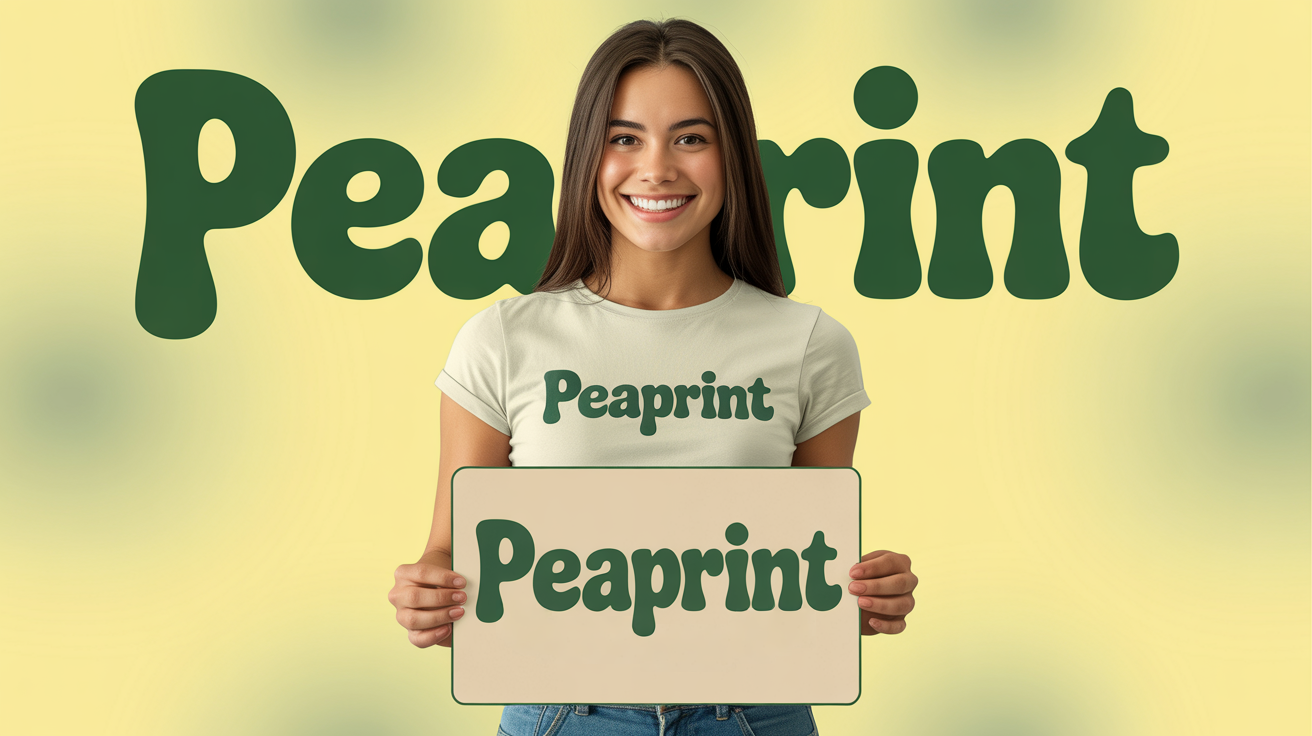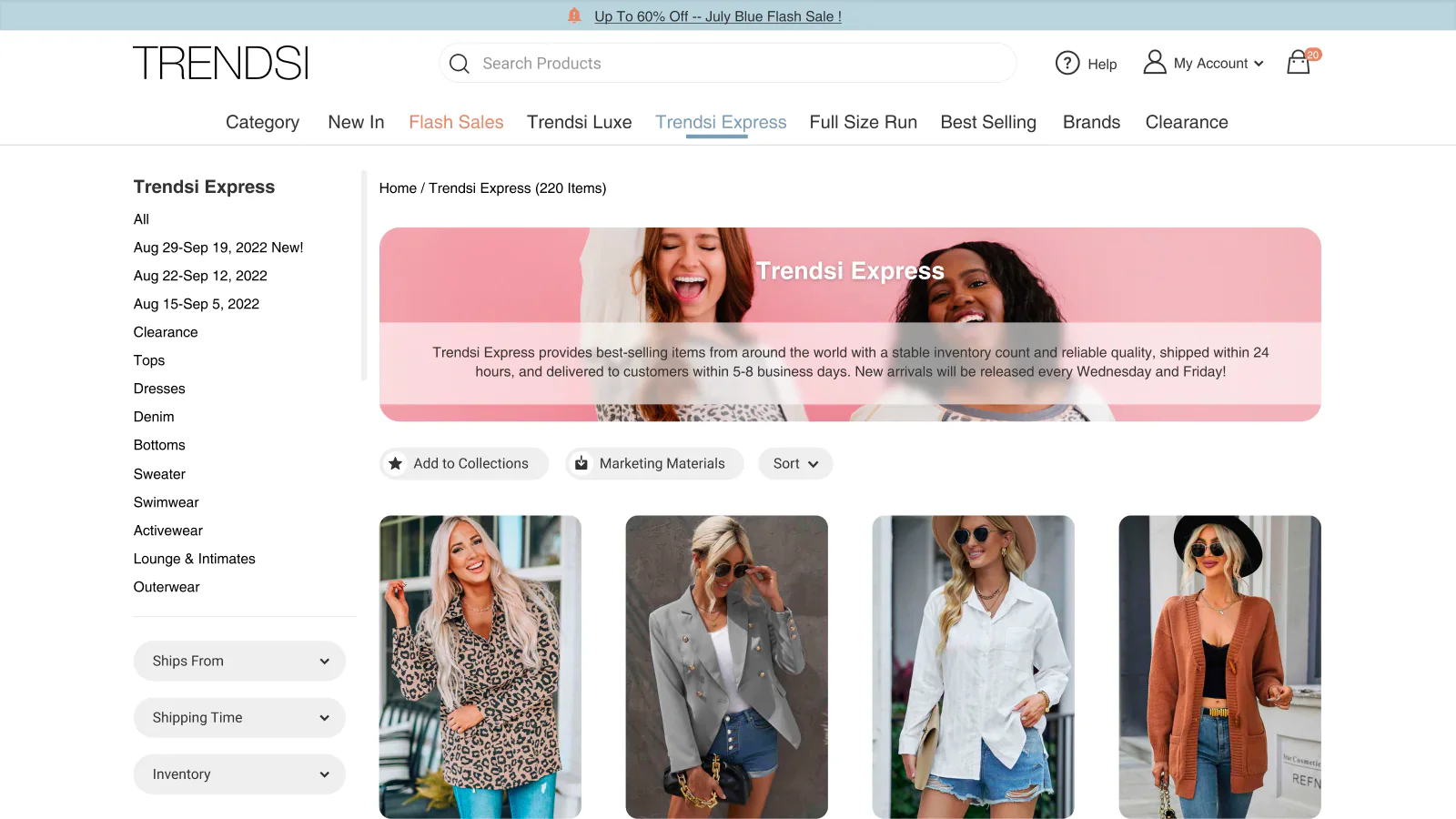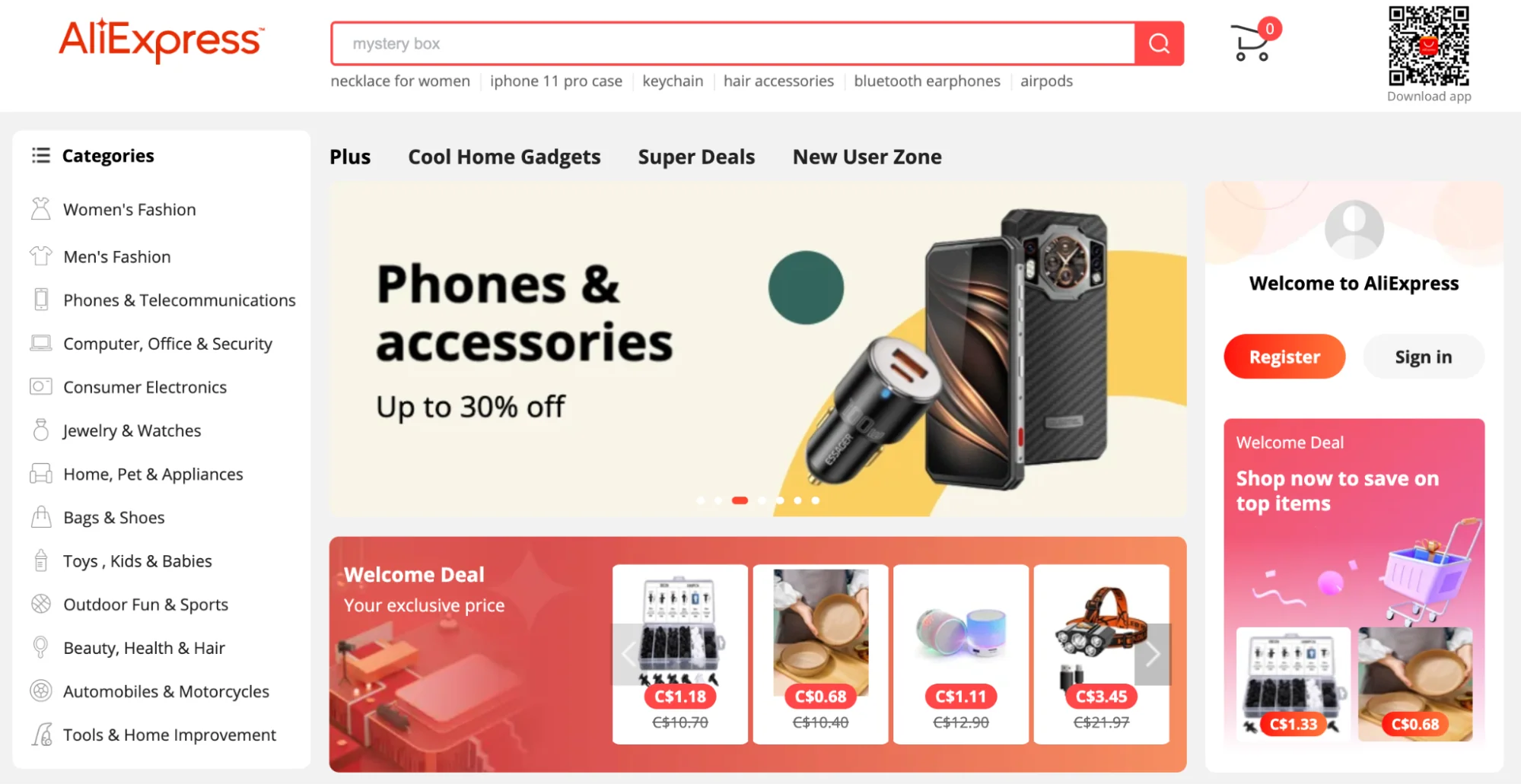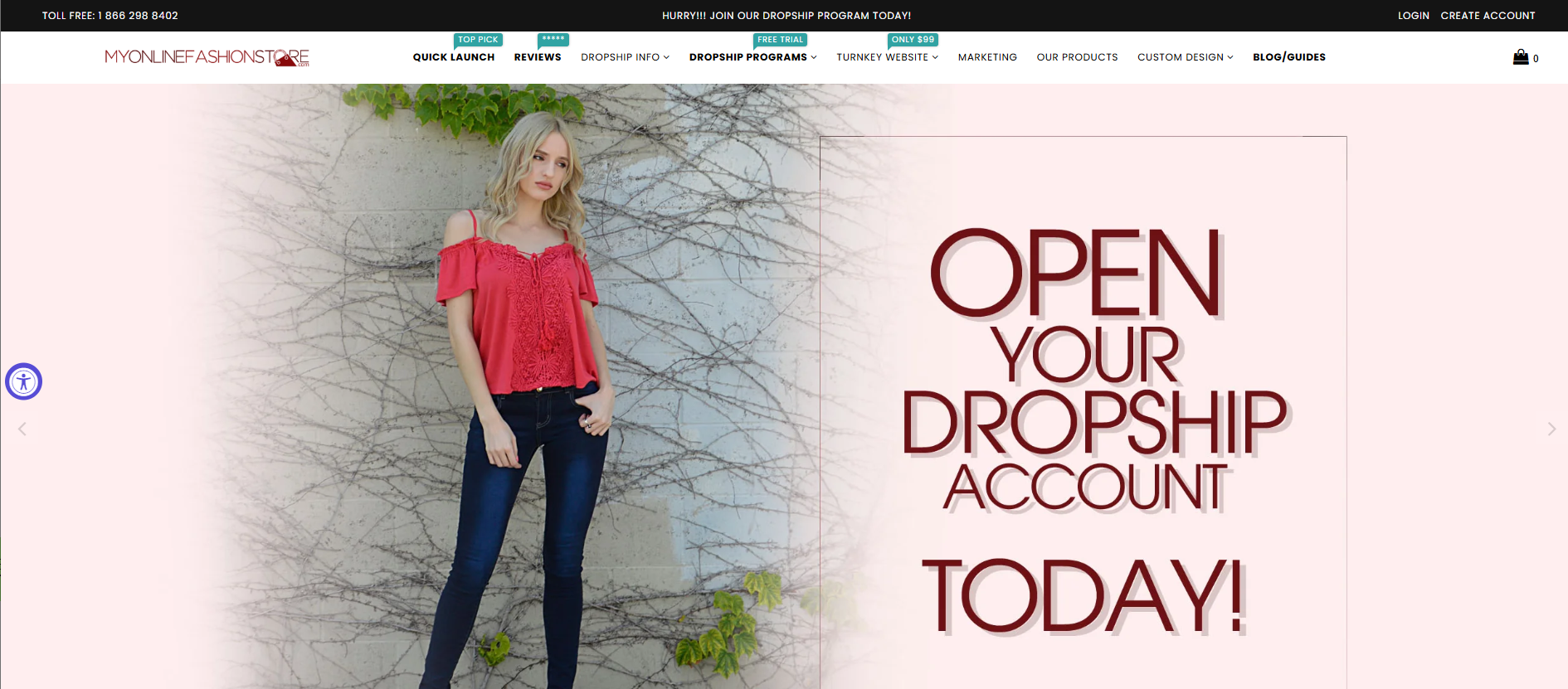The Complete Guide to Dropshipping Clothing Suppliers in 2025
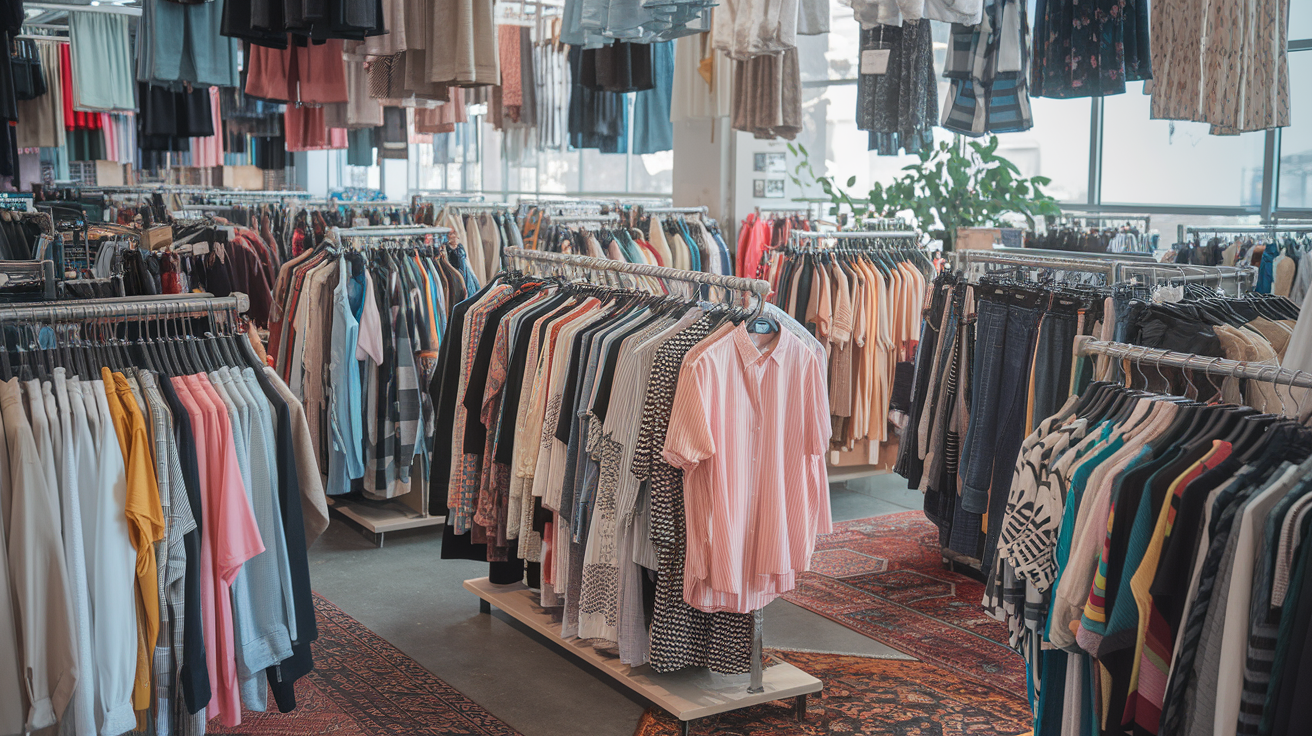 Understanding Clothing Dropshipping
Understanding Clothing Dropshipping
Clothing dropshipping is a business model where you sell fashion products without holding inventory. When a customer places an order on your online store, the order information is automatically sent to your supplier, who then ships the product directly to your customer. This eliminates the need for warehousing, inventory management, and upfront product investments, making it an attractive option for new entrepreneurs.
The beauty of dropshipping lies in its low barrier to entry. You can start with minimal capital while focusing on what matters most: building your brand, marketing your products, and providing excellent customer service.
Essential Criteria for Selecting Clothing Suppliers
Product Quality and Brand Reputation
The foundation of any successful dropshipping business is product quality. Customers today are more discerning than ever, and poor-quality products will quickly damage your brand reputation. Look for suppliers who offer samples, provide detailed product descriptions, and have established relationships with reputable manufacturers. Consider whether they stock products from known brands or focus on private label items that meet quality standards.
Shipping Times and Geographic Coverage
In today's instant-gratification economy, shipping speed can make or break your business. Evaluate suppliers based on their warehouse locations and average delivery times. Suppliers with fulfillment centers in your target market typically offer faster shipping, which translates to higher customer satisfaction. Consider whether they offer expedited shipping options and how they handle international orders if you plan to sell globally.
Pricing Structure and Fees
Understanding the complete cost structure is crucial for maintaining healthy profit margins. Beyond the wholesale price of products, consider membership fees, transaction fees, and any additional charges for services like branded packaging or expedited processing. Some suppliers offer free basic plans with limited features, while others charge monthly fees for premium services.
Customer Support and Communication
Test potential suppliers' response times and communication quality before committing. Look for suppliers who offer multiple communication channels, clear return policies, and dedicated support for dropshippers.
Top Clothing Dropshipping Suppliers for 2025
Specialized Niche Suppliers
PeaPrint excels in the custom clothing and print-on-demand space. With fulfillment centers in North America and China, they offer over1000 customized products with competitive prices.This supplier is perfect for entrepreneurs looking to build a brand around custom designs and personalized products.
Kiyonna focuses specifically on plus-size women's clothing, addressing an underserved market segment. Their 48-hour shipping commitment and convenient return policy make them attractive for businesses targeting this demographic.
Premium Fashion Platforms
Trendsi stands out as a leading supplier specializing in women's clothing and accessories. With US-based fulfillment and thousands of products available, they offer excellent reviews from merchants and provide training courses for new dropshippers. Their free membership model makes them accessible to businesses of all sizes.
BrandsGateway caters to entrepreneurs targeting the luxury market. With over 100 high-end brands including Coach, Gucci, and Dolce & Gabbana, they offer premium products that command higher profit margins. Their warehouses span Florida, Italy, Germany, and Sweden, ensuring global reach. However, their $295 monthly membership fee requires careful consideration of your target market and pricing strategy.
Versatile General Platforms
AliExpress remains a popular choice for its massive product selection and competitive pricing. While shipping times from China can be longer, their ePacket shipping option and growing network of international warehouses help address delivery concerns. The platform's supplier rating system and buyer protection policies add layers of security for new dropshippers.
Modalyst offers a curated marketplace with millions of products from global suppliers. Their platform includes both traditional dropshipping and print-on-demand options, providing flexibility for different business models. The free basic plan allows entrepreneurs to test the waters before committing to premium features.
Regional and Brand-Specific Options
My Online Fashion Store guarantees five-to-seven-day delivery for women's clothing, with most items restocked twice weekly. Their Los Angeles-based warehouse ensures fast delivery to US customers, while their free returns policy reduces customer acquisition friction.
FashionGo connects dropshippers with verified US-based suppliers and offers TikTok Shop integration, capitalizing on social commerce trends. Their platform helps identify trending products, making it easier to stay ahead of fashion cycles.
Strategic Product Selection
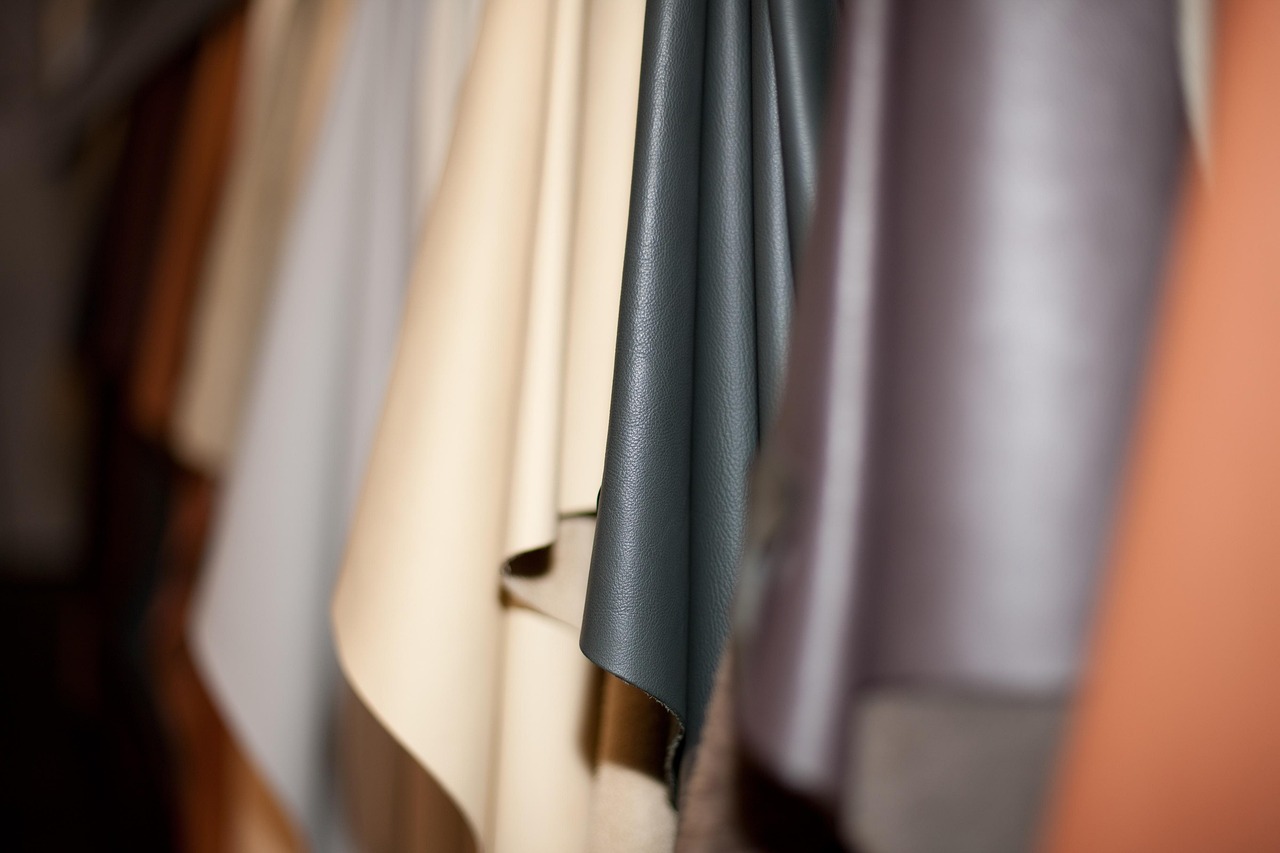 Market Research and Trend Analysis
Market Research and Trend Analysis
Successful clothing dropshipping begins with thorough market research. Google Trends provides insights into seasonal patterns and emerging fashion trends. Analyze search volume data to identify products with consistent demand versus those experiencing temporary spikes.
Competitor research reveals what's working in your target market. Monitor successful clothing brands to identify their bestselling products, pricing strategies, and marketing approaches. Look for products that are frequently sold out or have numerous positive reviews, as these indicate strong market demand.
Niche Selection Strategy
While broad market appeal might seem attractive, focusing on a specific niche often yields better results. Consider specializing in sustainable fashion, plus-size clothing, athleisure, or vintage-inspired pieces. Niche markets often have less competition and more loyal customer bases willing to pay premium prices for specialized products.
Seasonal Considerations
Fashion is inherently seasonal, requiring careful planning to maintain consistent revenue. Develop strategies for year-round sales by diversifying your product range or targeting different geographic markets with opposite seasons. Consider how you'll handle inventory transitions and marketing message changes throughout the year.
Building Your Dropshipping Business
Profit Margin Optimization
Calculate your profit margins carefully by considering all costs: product wholesale price, shipping fees, payment processing fees, marketing costs, and platform fees. A healthy profit margin for clothing dropshipping typically ranges from 20-50%, depending on your niche and pricing strategy.
Work backward from your desired profit margins to determine optimal retail pricing. Remember that higher-priced items often have better margins but may require more sophisticated marketing approaches to justify the cost to consumers.
Brand Development and Positioning
Your brand identity differentiates you from countless other dropshippers selling similar products. Develop a unique value proposition based on factors like sustainability, inclusive sizing, cutting-edge fashion, or exceptional customer service. This positioning should influence your website design, marketing messages, and product curation.
Consistency across all touchpoints reinforces your brand identity. From your website aesthetics to your social media presence and customer communications, maintain a cohesive brand experience that resonates with your target audience.
Marketing and Customer Acquisition
Successful clothing dropshipping requires effective marketing strategies to drive traffic and convert visitors into customers. Social media advertising, particularly on Instagram and TikTok, works well for fashion brands due to the visual nature of clothing products.
Consider implementing email marketing automation to nurture leads and encourage repeat purchases. Fashion customers often need multiple touchpoints before making purchase decisions, making email sequences valuable for building relationships and showcasing new products.
Influencer partnerships can provide authentic product endorsements that resonate with your target demographic. Micro-influencers often offer better engagement rates and more affordable partnership opportunities than celebrity endorsements.
Common Challenges and Solutions
Quality Control
Since you can't physically inspect products before shipping, quality control becomes challenging. Mitigate this risk by ordering samples from suppliers, monitoring customer feedback closely, and being prepared to switch suppliers if quality issues arise consistently.
Shipping and Fulfillment Issues
Shipping delays and damaged products can damage your reputation. Choose suppliers with proven track records, clear communication policies, and comprehensive insurance coverage. Develop contingency plans for handling shipping issues and communicating with affected customers.
Market Saturation
Popular dropshipping products quickly become oversaturated. Stay ahead by continuously researching new trends, testing different product categories, and focusing on unique branding rather than competing solely on price.
Future Outlook and Opportunities
The clothing dropshipping industry continues evolving with technological advancements and changing consumer preferences. Sustainability concerns are driving demand for eco-friendly fashion options, while personalization technology enables custom-fit clothing solutions.
Social commerce integration is becoming increasingly important, with platforms like TikTok Shop and Instagram Shopping changing how consumers discover and purchase clothing. Suppliers who adapt to these trends will offer competitive advantages to dropshippers.
Frequently Asked Questions
Q: How much money do I need to start a clothing dropshipping business?
A: You can start with $100-500 for website setup, marketing, and sample orders. Most suppliers don't require upfront inventory investments.
Q: What profit margins can I expect from clothing dropshipping?
A: Typical profit margins range from 20-50% depending on your niche, pricing strategy, and supplier costs.
Q: How long does it take to see results from dropshipping?
A: Most successful dropshippers see their first sales within 30-60 days, with consistent profits developing over 3-6 months.
Q: Do I need special permits or licenses for clothing dropshipping?
A: Requirements vary by location, but generally you'll need a business license and sales tax permit. Consult local regulations.
Conclusion
Start by thoroughly researching potential suppliers, understanding your target market, and developing a clear brand identity. Focus on building relationships with reliable suppliers who align with your business values and customer expectations. With proper planning and execution, clothing dropshipping can provide a profitable entry into the fashion industry while offering the flexibility and scalability that modern entrepreneurs seek.
